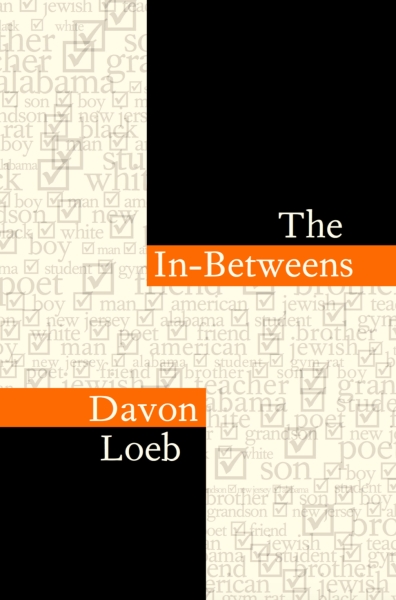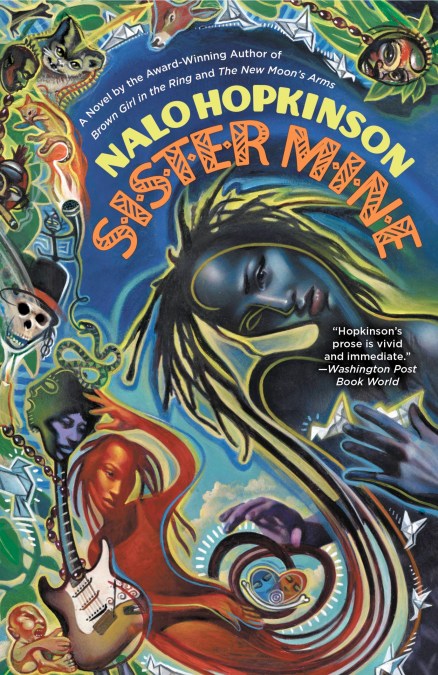The In-Betweens: A Lyrical NarrativePosted in Autobiography, Books, Media Archive, Monographs on 2020-09-12 21:22Z by Steven |
The In-Betweens: A Lyrical Narrative
Everytime Press
2018-12-10
202 pages
Beginning with the challenges of how his White father and Black mother met, with their desire “to run away and start fresh and new”—resulting in a sometimes “pretend family”—to a near-archetypal description of his grandfather having just cut the grass as the author watches with a swollen lip and a black eye, to incessant moments in which different expressions of masculinity get inculcated, in The In-Betweens: A Lyrical Narrative Davon Loeb frequently captures the disturbing poesy of life growing up. With painstaking detail, Loeb revisits family tales of slavery, Alabama, domestic labor, church, cornrows, and the significance of studying one’s history, specters that continue to haunt him. This work is in the vein of James McBride’s The Color of Water, Justin Torres’s We the Animals, and Jamaica Kincaid’s Annie John, that is, work in which we learn about hardship from the perspective of the child. Confession, manifesto, bildungsroman, and prayer, The In-Betweens is a meditation on bruise and healing. Loeb’s struggles become snapshots of how transformation occurs even where shards have been piled, where one waits “for something to happen, like flashes of red and blue sirens pulsing.” A truly extraordinary new voice!
~ Roy G. Guzmán, author of Restored Mural for Orlando








